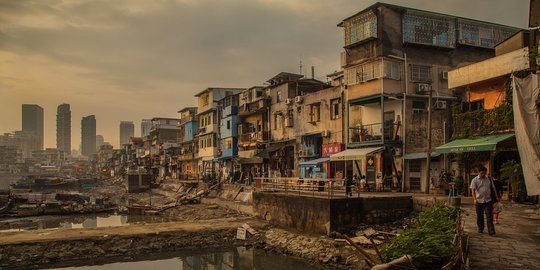Urban poor is a group that must receive serious attention from the government. This group of people tends to be less educated because they are more concerned with work than school. Urban poor groups also tend to form their colonies in urban slums, due to high housing and land prices in urban areas. Slum environment conditions tend to increase the risk of the urban poor to get sick. Urban poor like living in a vicious circle. Poverty, unhealthy, and uneducated, such as links that are difficult to break.
In the health sector, they often experience injustice in accessing hospital use. Although hospital services are available, urban poor people often have limited access to hospitals when needed. This situation can occur because of their ignorance, or because there are no medical costs. The government, as a policymaker must be able to issue policies to break the chains of poverty that bind the urban poor. One way is to increase equality of access for all groups of people to the hospital when needed. The study aimed to analyze the determinants of hospital use in the urban poor in Indonesia.
The study was conducted using raw data from the 2013 Basic Health Research. The analysis in this study involved 57,296 urban poor people in Indonesia. Determination at the final stage is carried out using a binary logistic regression test. The results showed that age affected hospital utilization. At the same time, marital status has a partial effect. Those who get married are 0.686 times more likely than divorced people to use hospital services. Those who work have the possibility of 1,512 times using the hospital than those who do not work. In comparison, those who have health insurance are 0.513 times more likely than those who do not have insurance. Urban poor people who have a travel time of ≤15 minutes to the hospital may 0.686 times compared to urban poor who have a travel time> 15 minutes to use the hospital. At the same time, the urban poor who need transportation costs Rp 10,000 to the hospital has a probability of 0.692 times compared to those who need transportation costs> Rp 10,000 in using the hospital.
Based on the results of the study, it can be concluded that of the 8 (eight) variables tested, 6 (six) variables were found as determinants of hospital use in the urban poor in Indonesia. The six variables are age, marital status, employment status, insurance ownership, travel time, and travel costs to the hospital.
Author: Ratna Dwi Wulandari The full article can be found at the following link: https://www.ijicc.net/index.php/volume-12-2020/175-vol-12-iss-9





